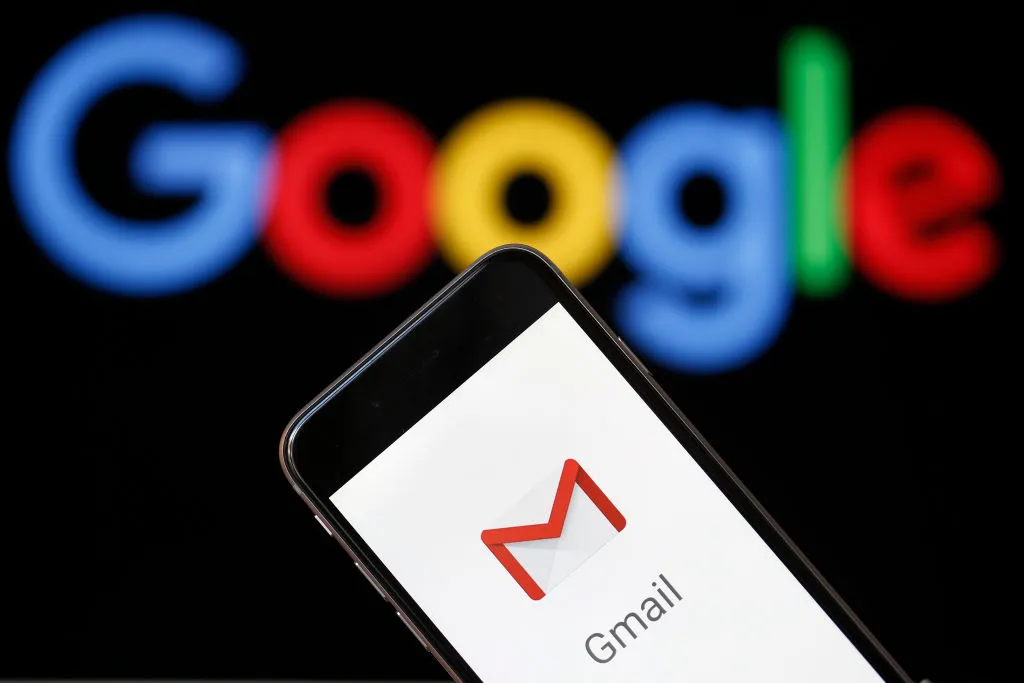No products in the cart.
Is Sony Email Different from Gmail? What You Need to Know
When it comes to email services, the two giants that often come to mind are Gmail, Google’s free email service, and Sony email, a platform provided by the tech conglomerate Sony for its various products and services. But, is Sony email different from Gmail? This article will dive into the differences and similarities between these two popular email services, helping you decide which might be best for your needs.
Overview of Sony Email vs. Gmail
Before we start comparing the specifics, it’s important to note that Sony email is not a standalone email service like Gmail. Instead, Sony offers email functionality as part of various products, such as PlayStation Network (PSN), Sony Xperia smartphones, and other Sony services. Essentially, Sony’s email services are often linked to specific accounts tied to its hardware and digital ecosystems.
On the other hand, Gmail is a universally accessible email service provided by Google. It’s one of the most widely used email platforms globally, offering robust features, integrations, and a massive user base.
1. Account Creation and Accessibility
- Gmail: Setting up a Gmail account is simple and free. You can access Gmail from virtually any device with an internet connection, and it’s available to anyone with a Google account. The service offers seamless integration with other Google products, such as Google Drive, Google Calendar, and YouTube.
- Sony Email: When you create a Sony account (for services like PlayStation or Sony Xperia), you are assigned a Sony email, typically used for Sony-specific communications, such as account notifications, product updates, or customer service interactions. Unlike Gmail, you cannot use Sony email for general personal communication unless you are part of the Sony ecosystem.
In short, Gmail is a globally accessible email service, whereas Sony email is more niche and designed for users within Sony’s environment.
2. Features and Interface
- Gmail: Gmail offers an intuitive interface with features like a powerful search function, spam filters, Google Meet integration for video calls, and 15GB of free storage across Google services. Gmail also supports third-party apps and integrations, making it an all-in-one platform for personal and professional use.
- Sony Email: While Sony email doesn’t provide the same level of customization or third-party integrations as Gmail, it offers basic email functionality within the scope of its ecosystem. For example, if you own a Sony Xperia phone or are an active PlayStation Network user, the email serves as a medium for important notifications, account alerts, and security-related messages.
Sony’s email is limited primarily to specific actions and notifications, while Gmail provides a more robust, general-use email platform.
3. Security and Privacy
- Gmail: Google employs state-of-the-art security measures for Gmail, including two-factor authentication (2FA), strong encryption, and spam filtering. Google also uses artificial intelligence to flag phishing attempts and other threats to protect users.
- Sony Email: Sony email services also take security seriously, especially given the frequent focus on PlayStation Network and account protection. Sony requires 2FA for some accounts and offers email-based alerts for suspicious login attempts. However, overall, the security features available through Sony email are somewhat more limited compared to Gmail’s extensive protections.
4. Storage and Organization
- Gmail: One of Gmail’s most popular features is its storage. With 15GB of free space available on Google Drive, Gmail users can store emails, files, and photos in one central location. Google also offers the option to upgrade to Google One for additional storage.
- Sony Email: Storage for Sony email accounts is generally tied to the specific product or service you’re using. For example, PlayStation users may not have the same storage options available for email messages compared to Gmail’s cloud-based storage. Most of the emails sent through Sony accounts are system notifications or alerts, so large-scale email management isn’t a major concern.
5. Integration with Other Services
- Gmail: The biggest advantage of Gmail is its integration with Google’s vast ecosystem. From Google Docs and Sheets to Google Photos and Google Drive, Gmail users can easily interact with all of Google’s other products. Furthermore, Gmail works seamlessly across mobile apps and web interfaces.
- Sony Email: Sony email, on the other hand, is designed primarily for notifications related to Sony products. While it’s integrated within Sony services like PlayStation, Xperia, and Sony Entertainment, it does not have the same level of integration with other third-party platforms or tools as Gmail does.
6. MWT Media’s Role in Email Marketing
At MWT Media, we specialize in helping businesses connect with their customers through digital channels, including email marketing. Understanding the difference between platforms like Gmail and Sony email is crucial for effective communication strategies. While Sony email may be useful for notifying customers within a specific product ecosystem, Gmail’s extensive features make it an ideal choice for marketers who want to reach a broad audience with personalized, targeted campaigns.
Gmail’s ability to integrate with email marketing tools, CRM platforms, and analytics software makes it an invaluable resource for businesses looking to engage with customers. At MWT Media, we utilize Gmail’s robust email system to design highly effective, data-driven email marketing campaigns tailored to client needs.
Conclusion
So, is Sony email different from Gmail? Yes, it is, and in several key ways. Gmail is a fully-fledged, general-use email platform with extensive features and integrations, while Sony email is more specialized and designed to facilitate communication within Sony’s ecosystem. Gmail is ideal for personal and professional use, offering better storage, security, and flexibility, while Sony email is best suited for notifications and alerts related to Sony services.
For those of us at MWT Media, understanding the nuances between these two platforms helps guide our approach to email marketing and customer communication. Whether you’re using Gmail to manage your business emails or leveraging Sony email for account management, each platform has its place depending on your needs.

